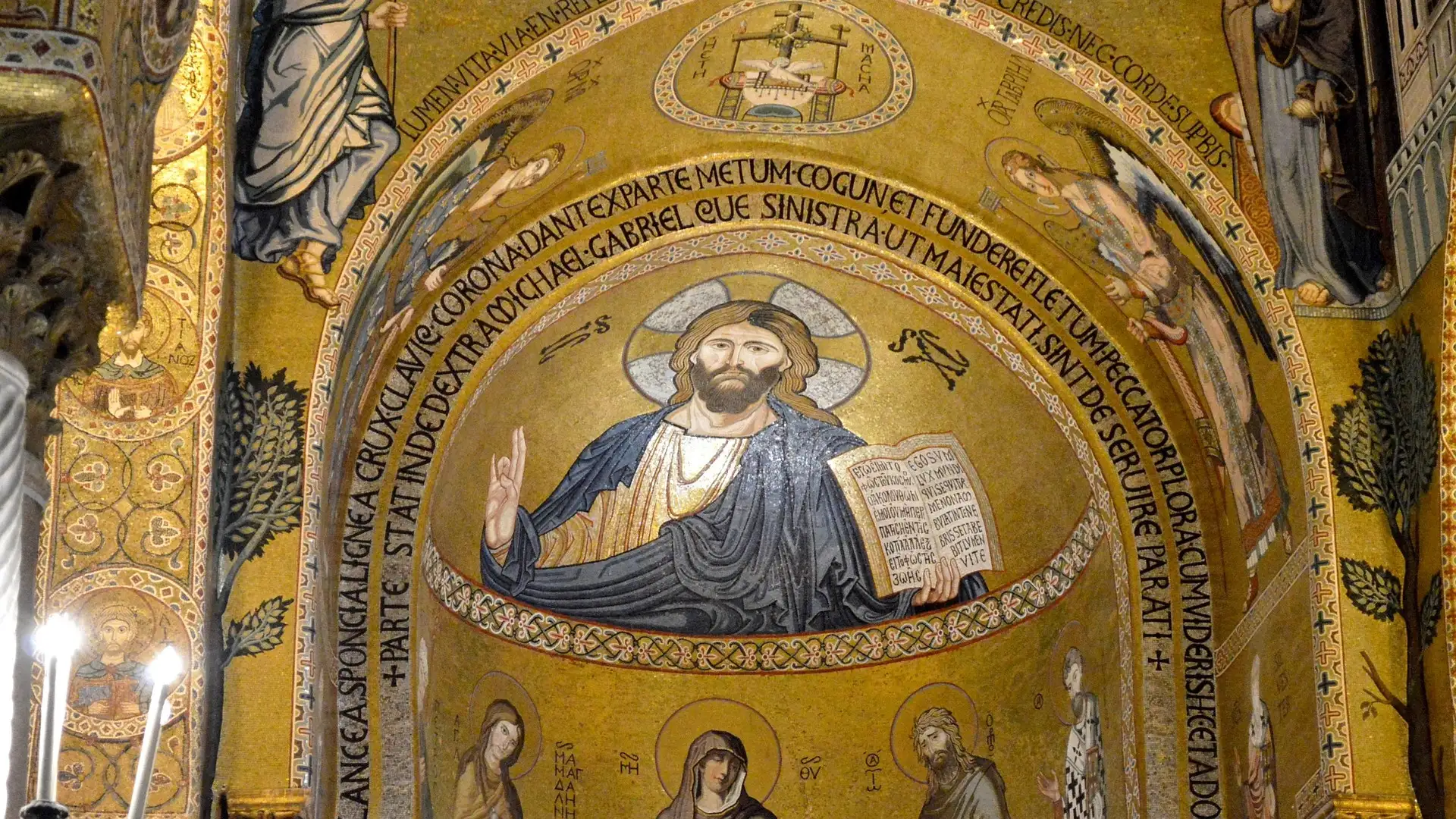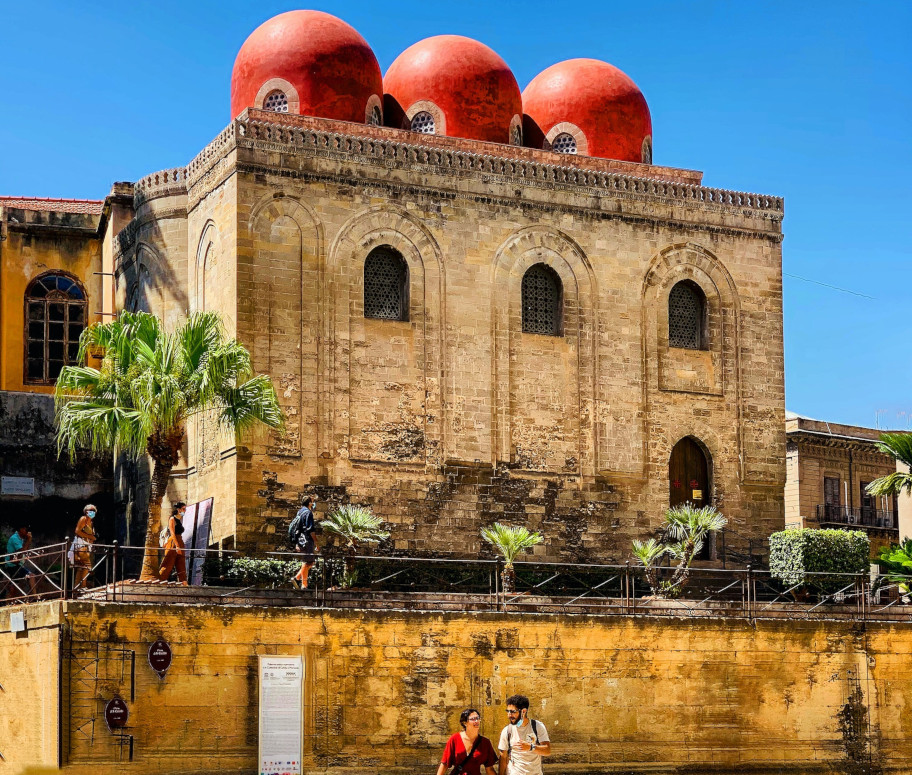
THE ARAB-NORMAN ROUTE IN PALERMO
Itinerary of Palermo's UNESCO World Heritage Sites
Since 2015 Palermo, with its Arab-Norman route, has gained prestige and protection thanks to its inclusion among the UNESCO sites considered "World Heritage of Humanity”.
The Sicilian capital has always represented a territory of unparalleled attraction, thanks to the strategic position occupied on the island, bringing over the millennia to its coasts peoples who have conquered it and made it a center of commercial and cultural exchanges.
Traces of these dominations remain not only in the historical memory perpetuated in tales and proverbs handed down from generation to generation, but also in monuments, churches, squares, gardens and palaces that preserve the testimony of a multi-ethnic syncretism unique in the world.
The Arab-Norman style was born from the conquest of Sicily by the Nordic populations, at the end of the eleventh century, after two and a half centuries of Arab reign, and is recognizable by the union of architectural and artistic elements of these two cultures that succeeded each other in the dominion of the island. Red domes, Byzantine mosaics, fountains and pools surrounded by green gardens, with Romanesque sculptures, churches with Latin and Greek cross plans and Christian iconography.
The journey to discover this part of Palermo's history can only start from the Royal Palace (or Palazzo dei Normanni), considered one of the oldest existing royal residences in Europe. Born by incorporating the foundations of an ancient Phoenician-Punic fortification, it has hosted the courts of sovereigns and emperors who have succeeded each other in the government of Sicily, until it was elected as the seat of the current Sicilian Regional Assembly. Inside it houses gardens, elegant apartments and the Palatine Chapel, the most beautiful in the world according to Maupassant, with its apses decorated with Byzantine mosaics depicting scenes from the Bible and the magnificent Christ Pantocrator.
Walking along Via Vittorio Emanuele, just a 20-minute walk from Arché Design Rooms & Suites, you can easily reach the Cathedral of Palermo, while just two kilometers from us you can admire the spectacle offered by the Zisa Castle, the leisure residence of the court of the Norman kings William I and II, whose name of Arabic origin "Al-Aziz", It refers to the magnificence of its Islamic-inspired parks irrigated by canals and fountains.
Continuing the UNESCO heritage itinerary not far from our structure, it is worth visiting two adjacent churches, which stand out in the port area of Palermo, in correspondence with what were the ancient city walls. The church of San Cataldo, now deconsecrated, preserves a splendid polychrome marble and porphyry floor, the characteristic purple Arab domes and blind arches that decorate the external facades. While Santa Maria dell'Ammiraglio, better known as La Martorana, is considered a real church-monument for the richness of Byzantine, Norman and Baroque architectural styles that it preserves and, inside, the Italo-Byzantine liturgy is still officiated for the Italian-Albanian community.

Plan a guided tour of Arab-Norman Palermo
A concentration of wealth that can be visited in a few hours that can only enchant the eyes of the beholder.










